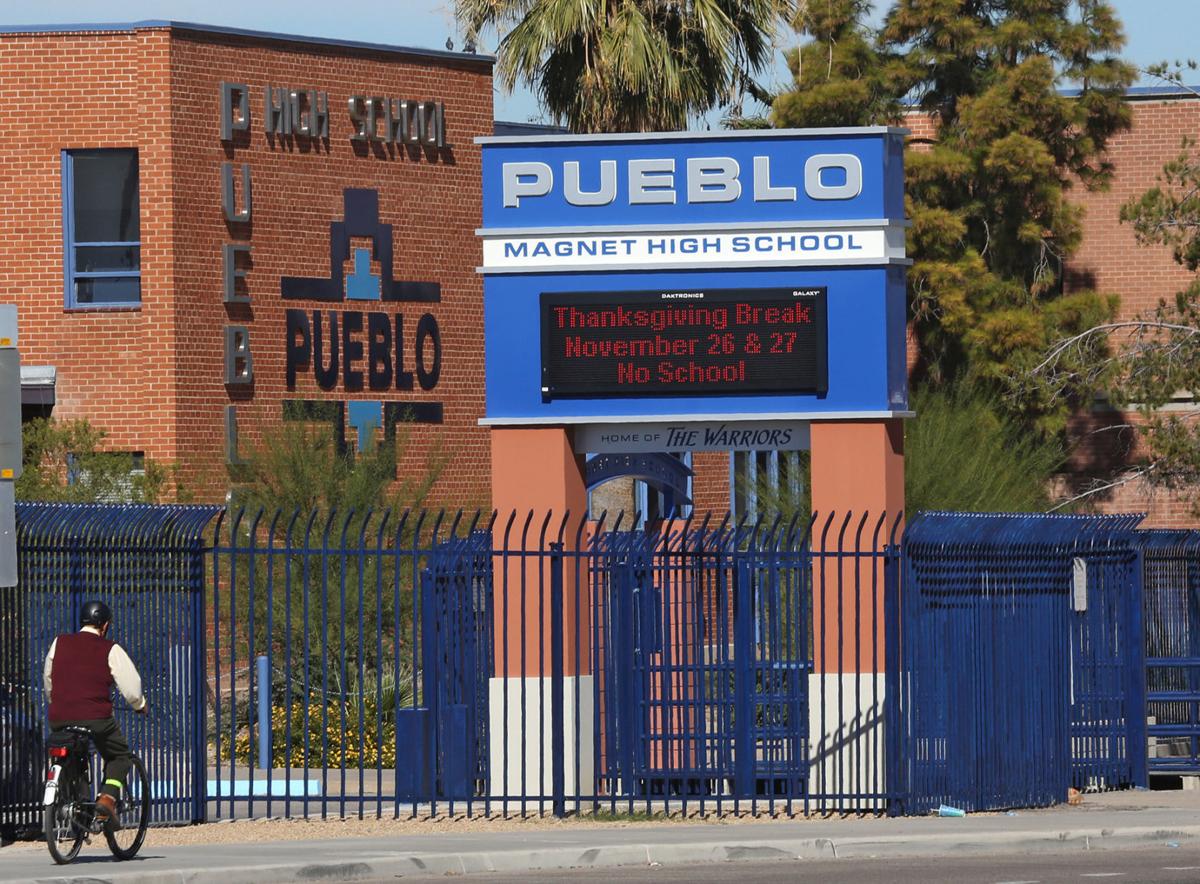PHOENIX т Saying challengers have no right to sue, attorneys for the state want a judge to throw out a challenge to УлшжжБВЅтs school funding plan.
In legal papers filed in Maricopa County Superior Court, attorney Brett Johnson does not directly address the contention by education officials, taxpayers and others that the lack of money from the governor and Legislature has left schools with hundreds of millions of dollars of unmet construction, maintenance and equipment needs.
Instead, Johnson is telling Judge Connie Contes she has no authority to decide if the state is providing enough money. He said whatever the state decides to provide in funding is a тpolitical questionт beyond the powers of the courts.
тWhether and how much money can be paid out of the state treasury is clearly committed by our constitution to those acting in a legislative capacity,т he wrote.
People are also reading…
If nothing else, Johnson said challengers canтt ask Contes to invalidate the school funding formula because thereтs no evidence they actually made a funding request of the School Facilities Board, which is in charge of doling out money.
But attorney Mary OтGrady, who represents those who sued earlier this year, said that argument ignores the fact that the УлшжжБВЅ Supreme Court ruled as far back as 1994 that the capital funding scheme in place at that time violated the requirements of the УлшжжБВЅ Constitution for the state to provide a тgeneral and uniformт school system. The high court reaffirmed that in two subsequent decisions.
She said the justices concluded courts do have the authority to make that decision.
OтGrady also disputes that the challengers have to first be denied the funding by the School Facilities Board before they can ask Contes to intercede. Itтs not like that would do any good, she said, pointing out that the board has no authority to actually appropriate needed cash.
тIt simply distributes the funds the Legislature has given it,т OтGrady wrote, an amount that fell тfar belowт whatтs needed. In fact, the total appropriation this year was less than $16 million, compared with the approximately $300 million a year challengers say is needed.
Attorney Tim Hogan, who also represents those who sued, put it another way.
тThe School Facilities Board does not have the power or authority to deal with the shortcomings of the school finance system,т he said.
What that means, Hogan said, is that anything the board does means nothing unless the Legislature and governor actually put more money into the system, something he said they have so far refused to do. And he said their refusal to act does not excuse state officials from meeting what the УлшжжБВЅ Supreme Court has previously ruled is the stateтs obligation to ensure тminimally adequate facilities in all of УлшжжБВЅтs schools.т
And thereтs something else. OтGrady said even if the School Facilities Board agrees more money is needed for construction and maintenance т and even if lawmakers were to give them those dollars т that solves only part of the problem.
тThe School Facilities Board distributes no funding at all for тsoft capitalт needs such as school buses, technology and textbooks,т she wrote.
The filings come as state officials hope to avoid another court ruling finding that they are not meeting their constitutional obligations and must provide more money.
In filing suit earlier this year, challengers said the state has failed to provide the money needed to ensure that public school buildings meet minimum standards for everything from having enough classrooms to providing money for equipment. The result, they contend, is school boards are left with an unacceptable choice: divert money from other needs or allow the inadequate standards to persist.
There is a legal basis for the argument: There are three separate УлшжжБВЅ Supreme Court cases that spell out the stateтs responsibility for adequate funding for buildings and facilities.
Lawmakers eventually approved the Students FIRST program т short for Fair and Immediate Resources for Students Today т that was supposed to ensure new schools were built when needed and existing ones were kept in repair. That included a one-time $1.3 billion expenditure to get buildings up to state standards with an additional $200 million earmarked for things like textbooks and buses. But OтGrady said state lawmakers and the governor have ignored the prior Supreme Court rulings and effectively тdismantledт Students FIRST.
тAs a result, todayтs capital funding system is similar to, and perhaps worse than, the system declared unconstitutional,т she said.
Johnson, in seeking to get the lawsuit dismissed, is arguing to Contes that the prior Supreme Court rulings merely required the state to establish minimum adequate standards. He contends there is nothing requiring that those guidelines to be updated.
On Twitter: @azcapmedia
























